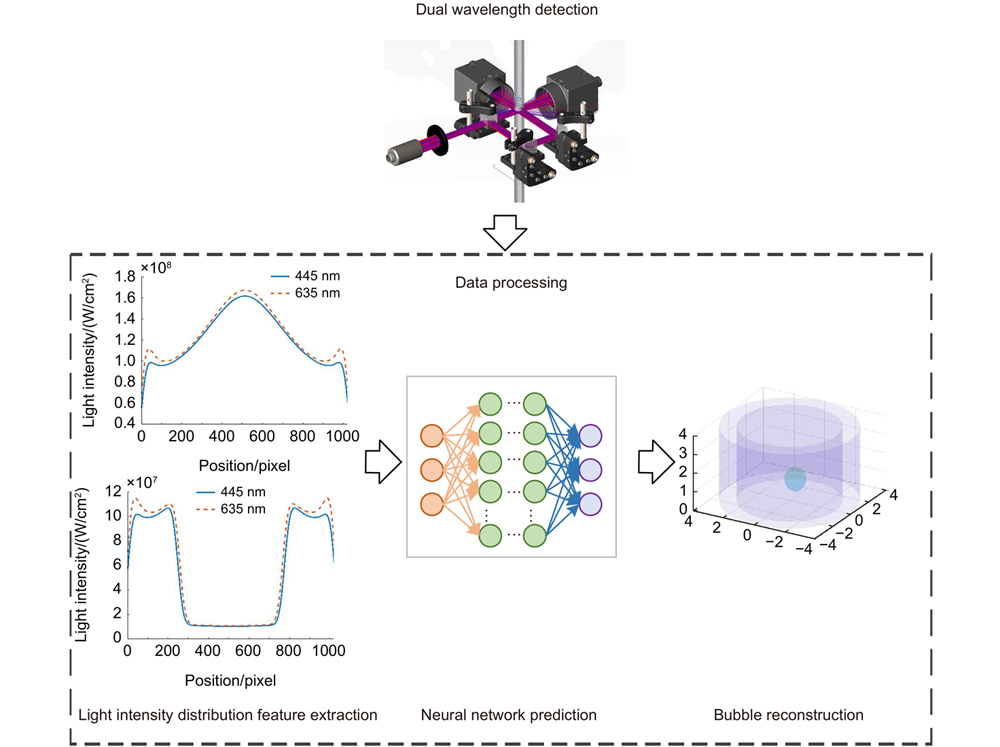Ming Cao, Ming Kong, Ruolin Liu, Liang Shan. Research on dual-wavelength measurement model for bubble flow detection[J]. Opto-Electronic Engineering, 2022, 49(6): 210437
Search by keywords or author
- Opto-Electronic Engineering
- Vol. 49, Issue 6, 210437 (2022)
Abstract

Set citation alerts for the article
Please enter your email address



